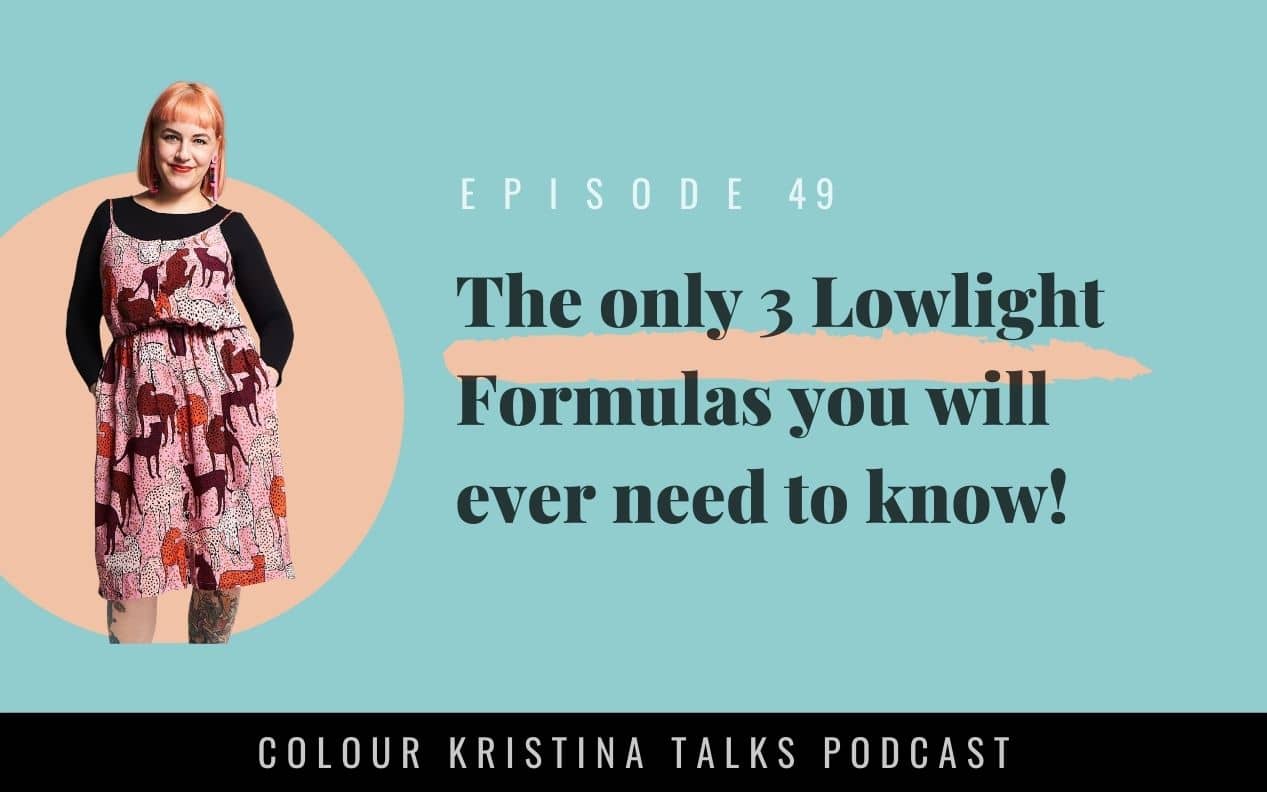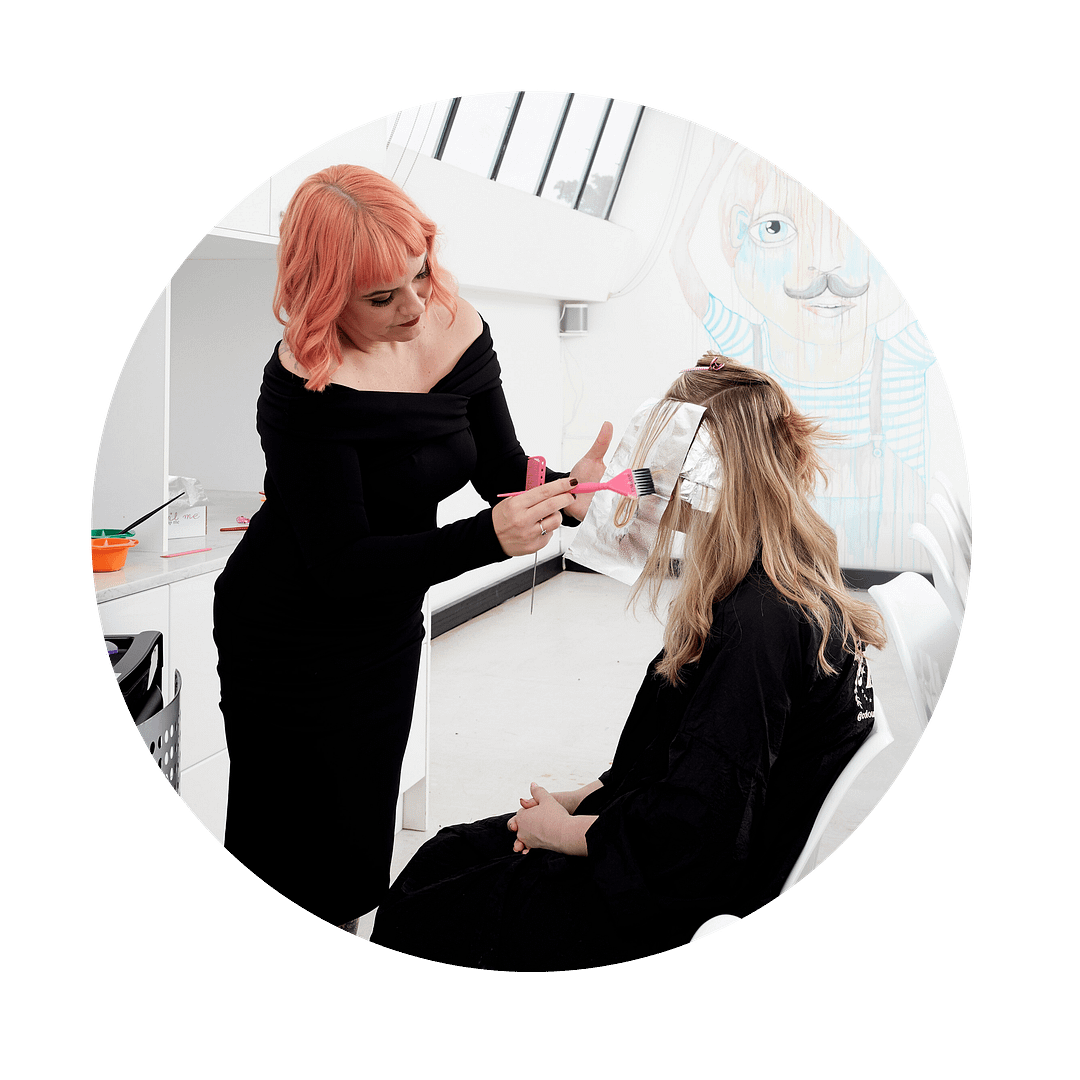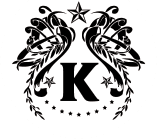
Episode 49
The only 3 Lowlight Formulas you will ever need to know!

What I'll be talking about
Wondering if changing your lowlight formulas can help to customise your clients haircolour? In this episode, we answer that question.
Lowlighting has been around for as long as Foil Highlighting. There’s structured foil techniques that are suitable for colour corrections and reintroducing tone or dimension. There’s also several Freehand techniques for adding dimension or depth back into the hair which work well, such as Zone Toners or painting a semi-permanent colour between foils, but as you’ve probably noticed those options can tend to wash out over time without any visible texture left behind.
I was taught that there’s only one Lowlight Formula that you will ever need to know & it’s designed to deposit darker colour into hair and fill it in one process when Lowlighting.
“This formula works with every colour range & I’ve personally painted it with more than 10 colour brands and on thousands of heads of hair with predictable colour result success. I have been working on the tools in the salon on clients for nearly 25 years, and in that time I only ever needed to know 3 Lowlight Formulas to be successful with Colour Corrections.” – Kristina Russell
If you want to know how to paint lowlights for natural dimension that last, or to cool brassy orange tones down, or to cover grey this is the podcast for you!
Show notes for podcast episode 49
there's only 3 lowlight formulas you need to know
This episode contains a lot of formulas in the conversation. You will probably want to write these down, so I suggest having a listen through first and then go back and listen again to write notes down or type them up on your device. Another option is to copy and save these show notes on the podcast blog page.
The 3 key themes and formulas shared in this podcast are;
- The Classic Lowlight – reintroduce depth and dimension (combination of Natural at Taget Level and Gold Tint with 3%)
- The Cool Down Lowlight – works best on orange/brassy hair (Formula needs to contain Natural and a Blue to combat Orange or Green to Combat Red at Target Level for Lowlight painted where needed, mixed with 3% developer)
- The Grey Coverage Lowlight – for contemporary coverage (this is a personal favourite of mine and my clients seeking a Contemporary Grey Coverage, so that they have low commitment partial colour using you Advanced Grey Coverage Double naturals with 6% developer. Consider whether your client needs 25% hair painted or 50% or more for customised colour at its finest).

Links and resources
link to @colourkristinatalkspodcast
this is a link for your free ebook
link to kristina russell facebook page
Leave a review
If you enjoyed this episode, I have a favour. Please take two minutes to subscribe and write a rating and review. You can do that on Apple Podcasts right now by clicking here. If you are an android user, you can follow the podcast on Spotify here. These actions will help my podcast reach more people, and I would be truly grateful. Thank you so much.
Recent
podcasts
EP 189: It’s a Wrap: Reflecting on 2024 & Setting Colourful Goals for 2025
Join Hair Colour Expert Kristina Russell in Episode 189 of the Colour Kristina Talks Podcast. Reflect on 2024, celebrate wins, and set actionable goals to grow your salon or hairdressing business in 2025. Expert tips and resources to help you succeed!
EP 188: Affiliate Codes & Digital Retail: The No-Stock Strategy Every Hairdresser Needs
Wondering if digital retail is for you? In this episode, we’ll explore how hairdressers can use affiliate programs to sell retail and boost income—no shelves required!
EP 187: 4 Lowlight Techniques Every Hairdresser Needs to Know
Learn 4 must-know lowlighting techniques with Kristina Russell (@colourkristina) in The Colour Kristina Talks Podcast! Discover expert formulas for grey coverage, fixing brassiness, enhancing dimension, and creating vibrant redhead lowlights. Perfect for hairdressers ready to elevate their colour skills!
EP 186: Achieve Red & Copper Hair without Root Glow
Struggling with root glow, banding, or unpredictable copper tones? In this episode, we’re diving into how you can achieve stunning red and copper hair colour every time—without the costly mistakes or stress!






